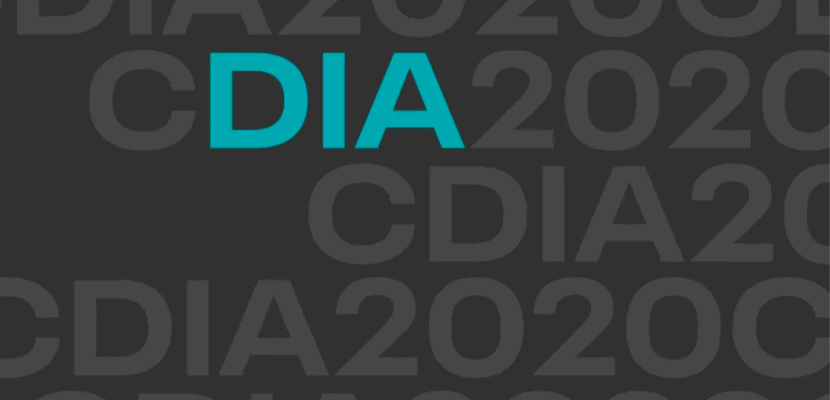For some, this may look like a new category at this year’s Data Impact Awards. However, the Enterprise Data Cloud category marks the evolution of what was once the Data Anywhere category. The main reason for this change is that this title better represents the move that our customers are making; away from acknowledging the ability to have data ‘anywhere’. Instead, it is a move towards recognizing those companies that are driving innovation and agility by modernizing their data architecture and optimizing their infrastructure to unlock the true value from data anywhere — in a private cloud, multiple public clouds, and hybrid cloud. Today, it’s about harnessing that data, wherever it may be, in order to derive the maximum value while also securing and governing it in a way that meets compliance requirements.
The need for Enterprise Data Cloud as a category is only going to become more prominent in the current climate, as businesses respond to the “new normal” precipitated by the global pandemic. On a macro level, every company has been forced to go increasingly digital in some way, in order to continue service. Digital-first companies, for example, saw an influx of new data. At the same time, there are some companies that are totally new to the data game. The result — lots of questions. How do I capture all this data? How can I analyze it faster? How do I protect it and share it with more people? How do I understand it and get meaningful insights? All this data can lead to what we call a data storm. That is where having an Enterprise Data Cloud platform comes in.
An Enterprise Data Cloud (EDC) is a hybrid & multi-cloud platform that uses the full data lifecycle to help organizations extract the true value from their data. It can be defined by four key pillars:
- The ability to run analytics in any cloud — An EDC is optimized for private cloud, multiple public clouds, and hybrid cloud environments. It delivers the same data management capabilities across all of these disparate environments. This means businesses have flexibility and choice over where they host their data and don’t have to be dictated to by any provider.
- Analytics across the full data lifecycle —- Whether that’s right at the beginning when a business is trying to ingest streaming data, to transforming the data, to querying and reporting on their data, and transacting on their data, right through to AI guided decisions and actions, an EDC can be used by any business to address their most pressing challenges.
- Providing a single and consistent security and governance — In the world we find ourselves living in, it’s simply not acceptable to not know who has access to your data. In some cases, it is illegal and can lead to significant fines and damage to a company’s brand. An EDC provides organizations with consistent data security, governance, and control that will safeguard data privacy and meet regulatory compliance across different environments.
- Based on open source — This is one of the most important features of an EDC because open source has an extremely fast rate of innovation allowing customers to gain the benefits of a robust community developing advanced technologies. Open APIs and storage formats ensure companies are able to use the tools that are relevant to their business and always have access to their data.
This year’s finalists are all harnessing the power of their data and, in doing so, are able to make better, faster decisions. Across a wide variety of industries, and all around the world, companies are using an EDC to analyze data in order to guide their actions. We’ve seen companies use an EDC to reassess their entire data infrastructure and modernize it, thereby dramatically reducing costs. We’ve also seen industry-specific applications, for example in healthcare, where one client was able to use an EDC in a way that meant they could onboard new use cases in hours, rather than the months it used to take.
Using an EDC allows businesses to accelerate their digital transformation process. By breaking down data silos and getting a more holistic view of their data, the quality and speed of decisions make for better results. This is something we expect to see more examples of in the 2021 submissions based on the current challenges businesses are facing today. I am looking forward to seeing how businesses harness the power of an EDC to meet these challenges and turn them into positives.
For more on past winners and finalists, visit the archive site. And keep an eye on this year’s awards at www.cloudera.com/DIA.



